Starting a Sourdough Starter
A daily journal on the process of creating a sourdough starter.
Published on Updated
Creating an ecosystem of yeast and bacteria from a couple of ingredients, only to let it die due to negligence, has been a fun hobby of mine for the past couple of years. While I haven’t made any bread with it, and have burned through a few bags of flour learning the process, I have found the process to be relaxing.
This is going to be my third attem-. Or, is it my fourth? Fifth? Who’s counting? This is going to be my n-th attempt at creating a sourdough starter from scratch. I’m going to use this post as a daily journal of sorts to keep track and learn with you all while I get this thing going.
Stuff I’m using
- A 1 quart wide mouth Ball mason jar
- A cheese cloth (to cover the mouth of the mason jar)
- A rubber spatula
- A food scale
- Dark Rye flour
- Whole Wheat flour
- Some distilled water (I purchased a gallon of it at a local grocery store. You could use tap water, if it doesn’t have a high amount of chlorine or other chemicals.)
The Process
The process of making a sourdough starter isn’t that complex. The first day involves mixing together roughly equal parts of flour and water. Stirring until it looks smooth and has a pancake batter consistency. Then letting it do it’s thing. The following days will consist of keeping a chunk of the starter and feeding it more flour and water. About a week to a month into the process, we’ll end up with a bubbly goop of wild yeast and bacteria that we can use to bake bread.
Sound cool? Cool.
Day One
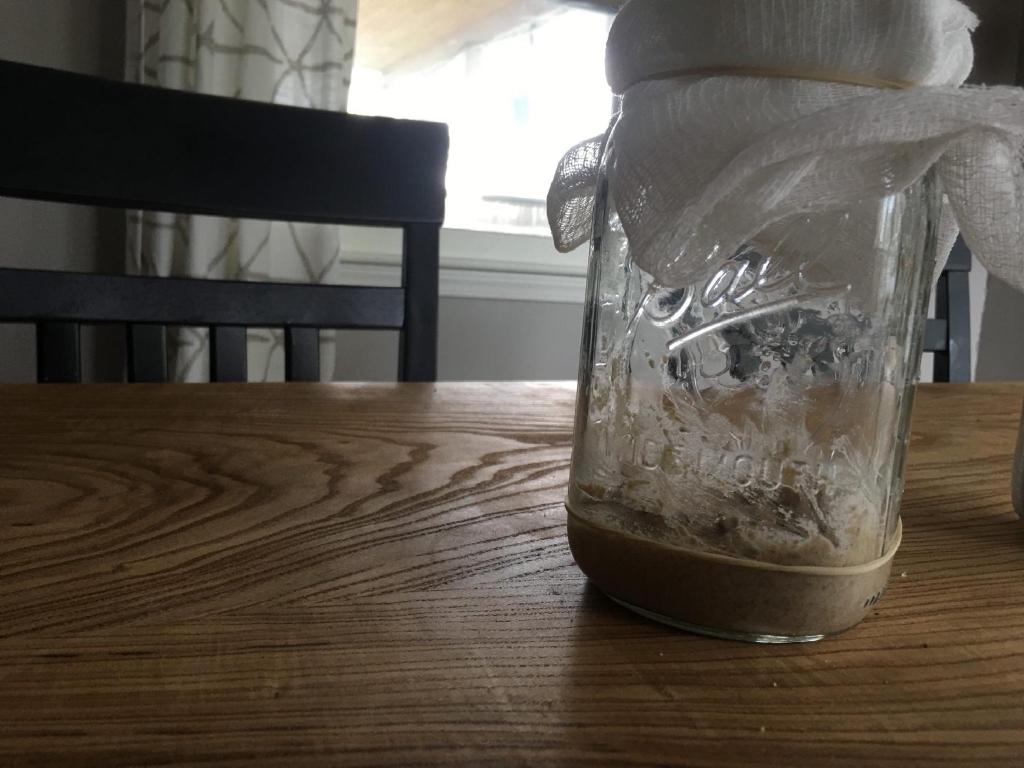
I put 25 grams of dark rye flour and 25 grams of whole wheat flour into my mason jar and added about 75 grams of distilled water. The reason I went with a 1:1.25 ratio of flour to water is that I’ve found rye flour needs a bit more water to get it to the pancake batter-like consistency. This is generally true for whole wheat flour as well. With all purpose flour you can stay at a 1:1 ratio.
Today, I felt I made a couple mistakes. I could have started with more flour, 50g of rye and 50g of whole wheat would have been best. I also think I could have used a bit more water. It was a bit thick, but it was smooth. Tomorrow, I won’t discard anything and add 100g of flour with 135g of water.
Day Two
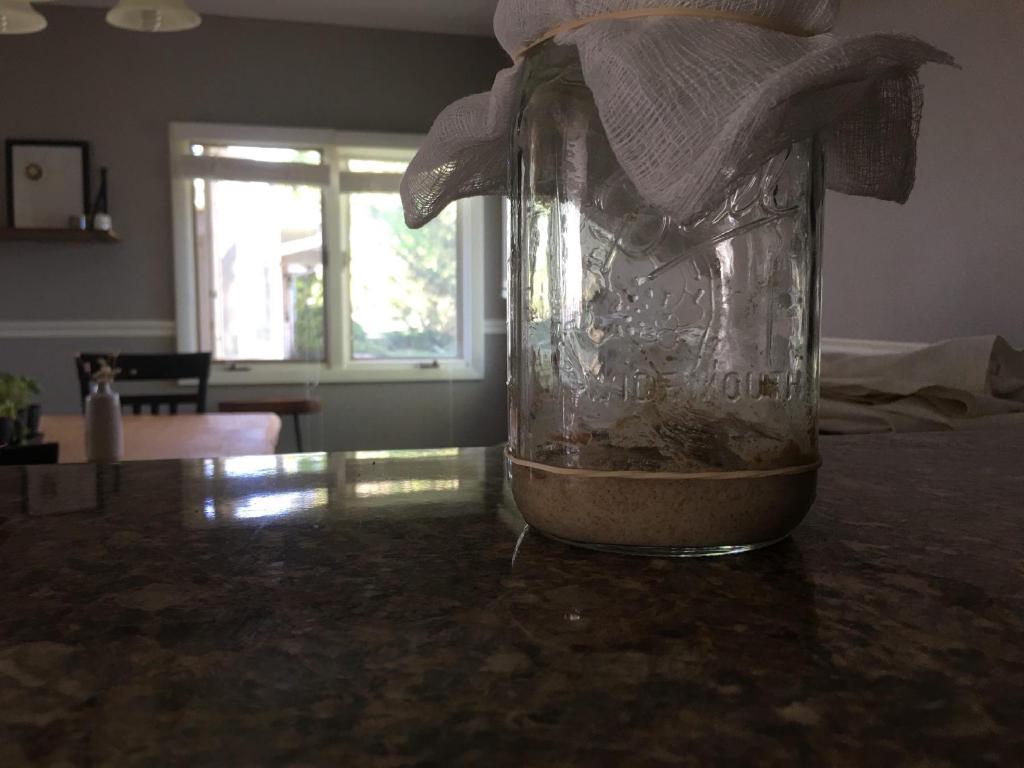
There isn’t much activity yet, but there are some signs of stuff developing. As I was planning yesterday, I added 50 grams of both dark rye and whole wheat flour. I also used 135 grams of water. The consistency with that 1:1.35 flour to water ratio ended up being where I wanted with a smoother pancake batter consistency.
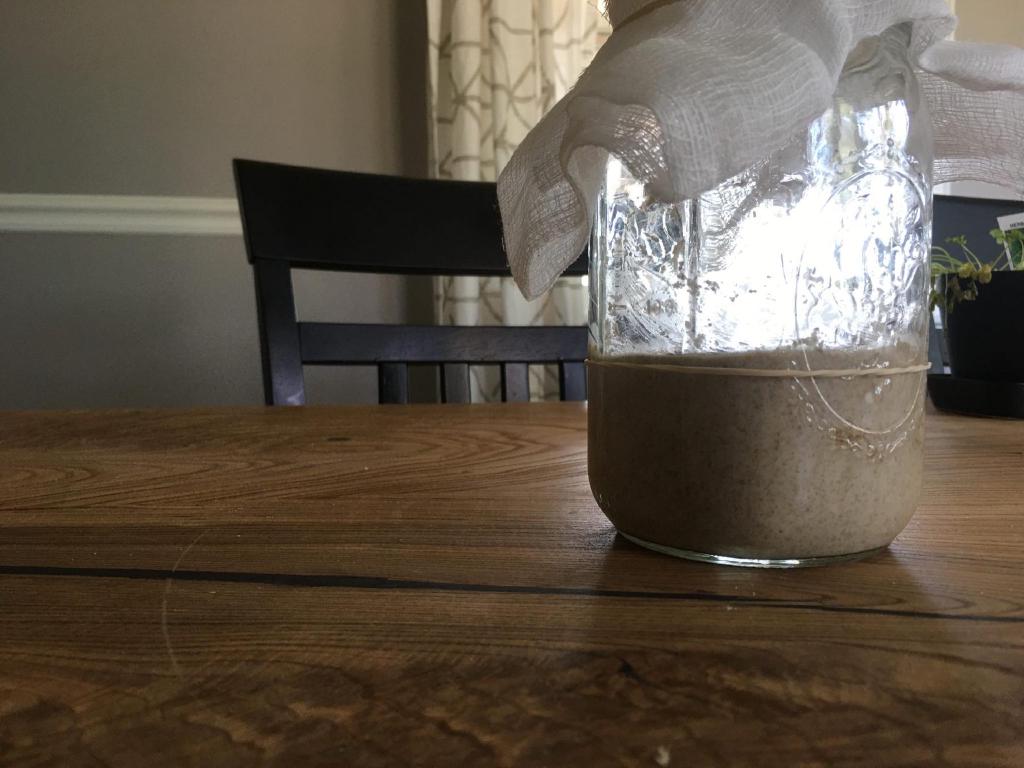
Day Three
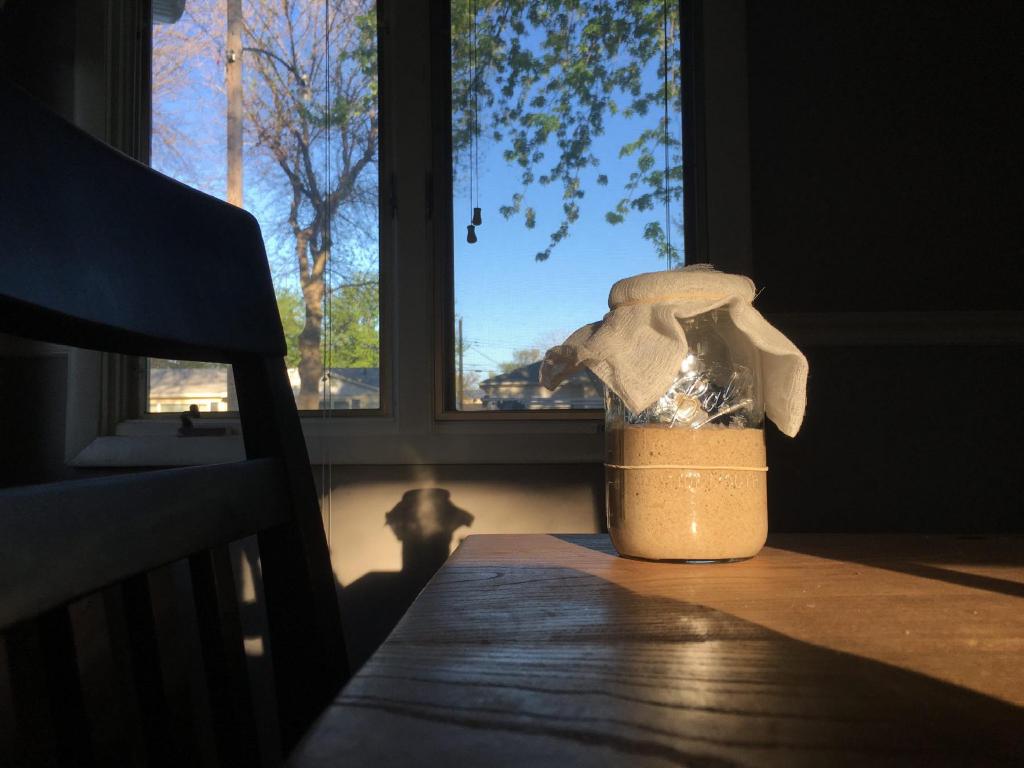
We’re starting to see some activity! While it’s hard to tell if the activity is the result of the stuff we want, yeast and lactobacilli, it’s encouraging to see something. For today’s feeding, I kept 40g of starter and discarded the rest. I added 51g of rye flour, 50g of whole wheat flour, and 135g of water.
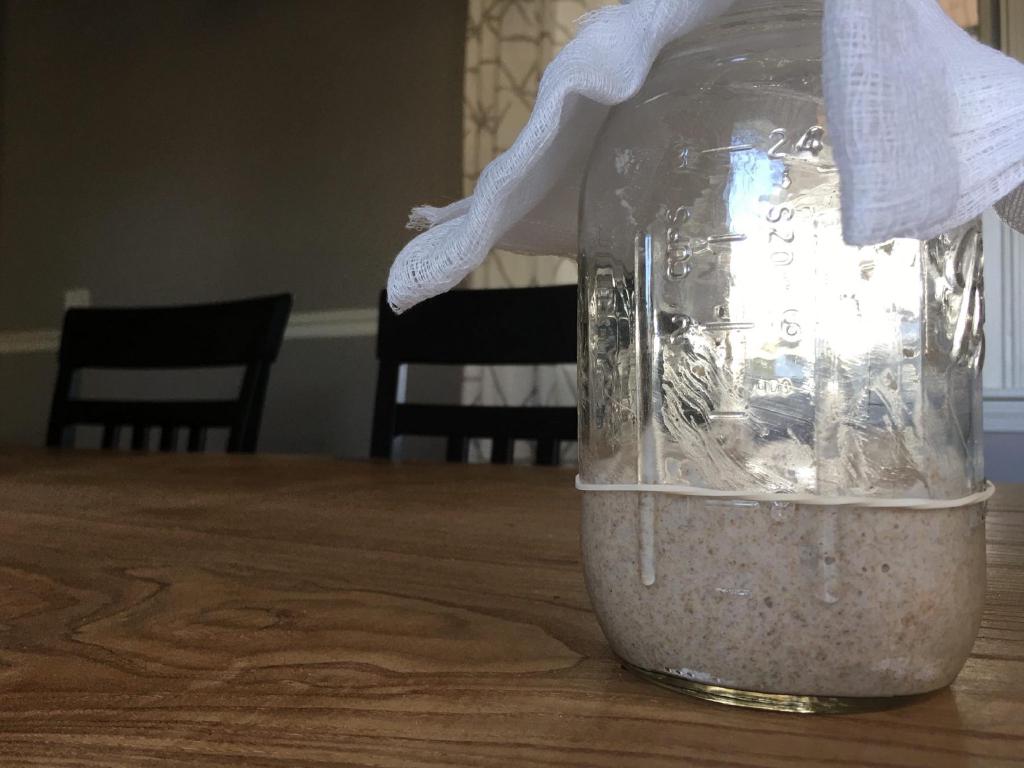
Day Four
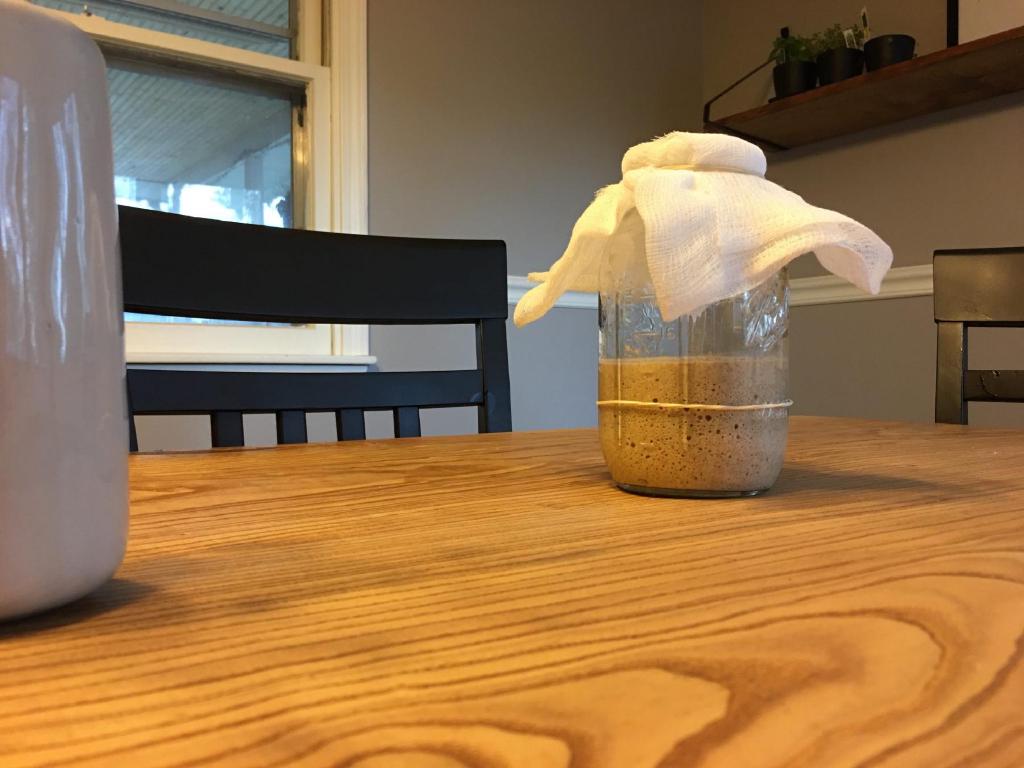
More activity! It’s such a simple thing, but I was getting giddy watching the starter rise throughout the day yesterday. It’s rising to a consistent level now. I’m hoping that’s a good sign. Today is the day where I’m starting to feel good about this attempt. For the feeding, I kept a bit more starter than yesterday, about 50g. I added 53g of rye flour, 52g of whole wheat flour, and 145g of water.
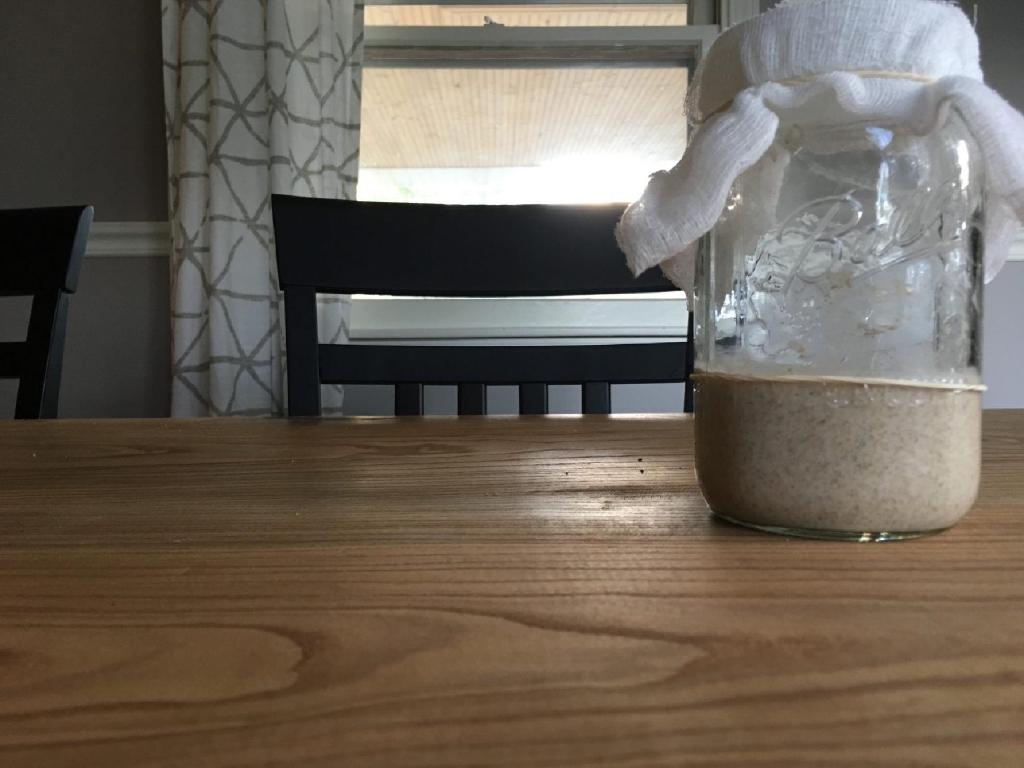
Day Five
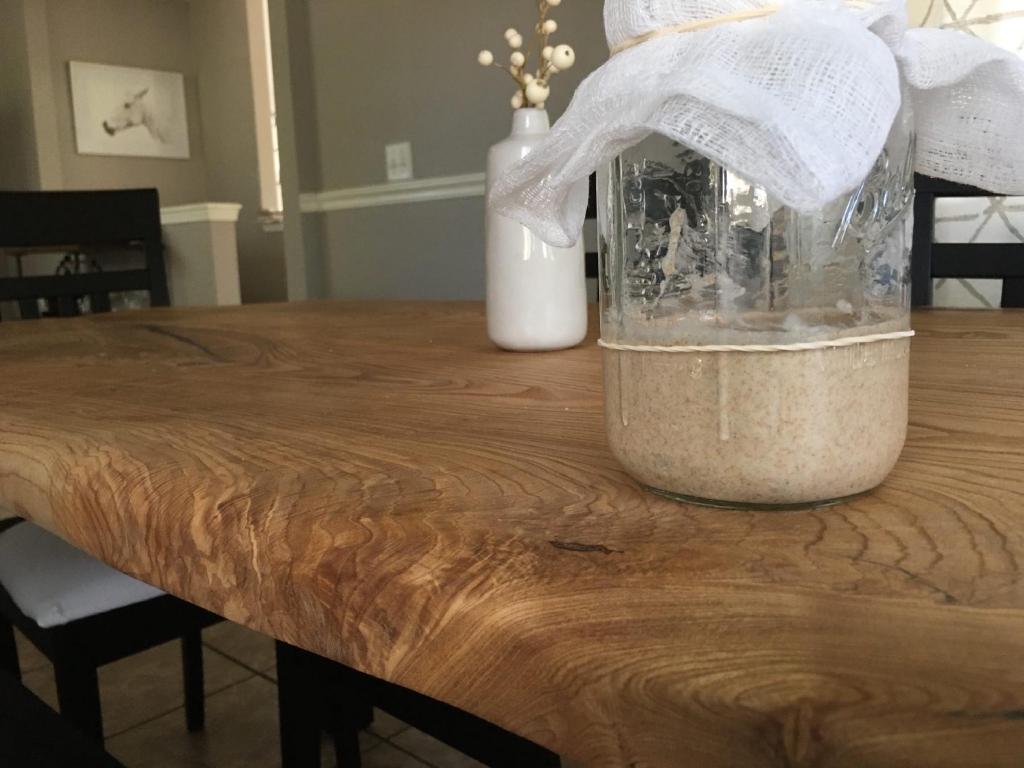
Well, I suppose I spoke too soon. Day five has ended up flat. This has happened before on my previous attempts, and I’m not exactly sure what the reason is. This time around, I think it might have been too cold throughout the day. The temperature in the house was around 60 degrees. I’m going to try a couple strategies while the weather can still be chilly here in the Spring. Anyways, the feeding must continue. I kept about 50g of starter and discarded the rest. I added 57g of rye flour, 51g of whole wheat flour, and 136g of water. To keep the ambient temperature up, I’m going to keep the starter in my office with a space heater on. I might also try putting the starter in a cooler with a gallon bottle filled with hot water. I’m hoping I’ll see some more activity soon.
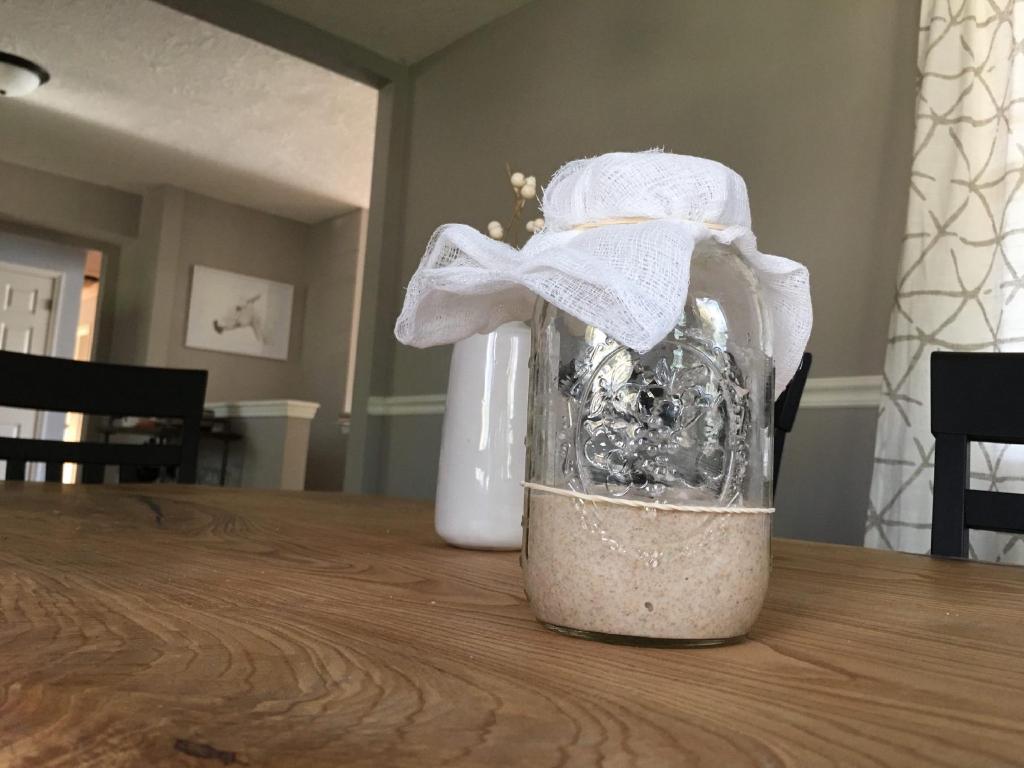
Day Six
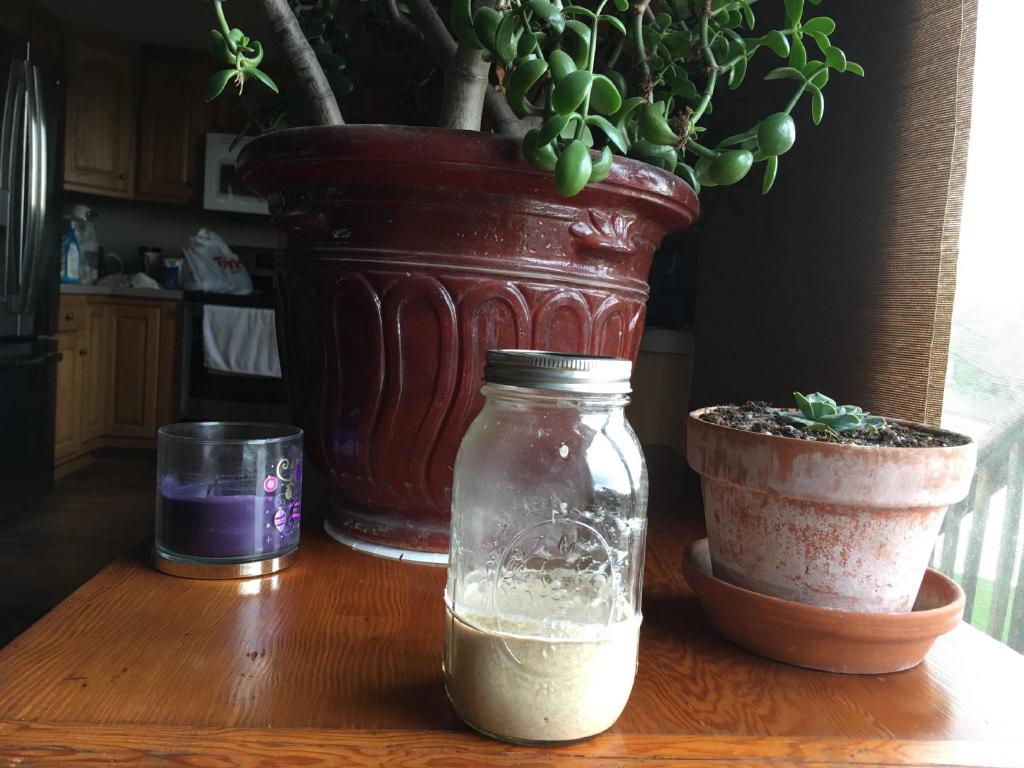
Still not much activity. The starter smells a little sweet. I’m going to keep feeding to see if I can get this thing going. It’s a bit chilly here in Nebraska, about 50° F. Since I’m traveling for Mother’s Day I’m keeping the starter in a cooler with some jars filled with hot water. It seems to be keeping the ambient temperature somewhat warm. For the feeding today, I’ve kept 51g of starter, added 100g of rye flour, and 135g of water. I’m hoping to see a bit more activity by using all rye flour.
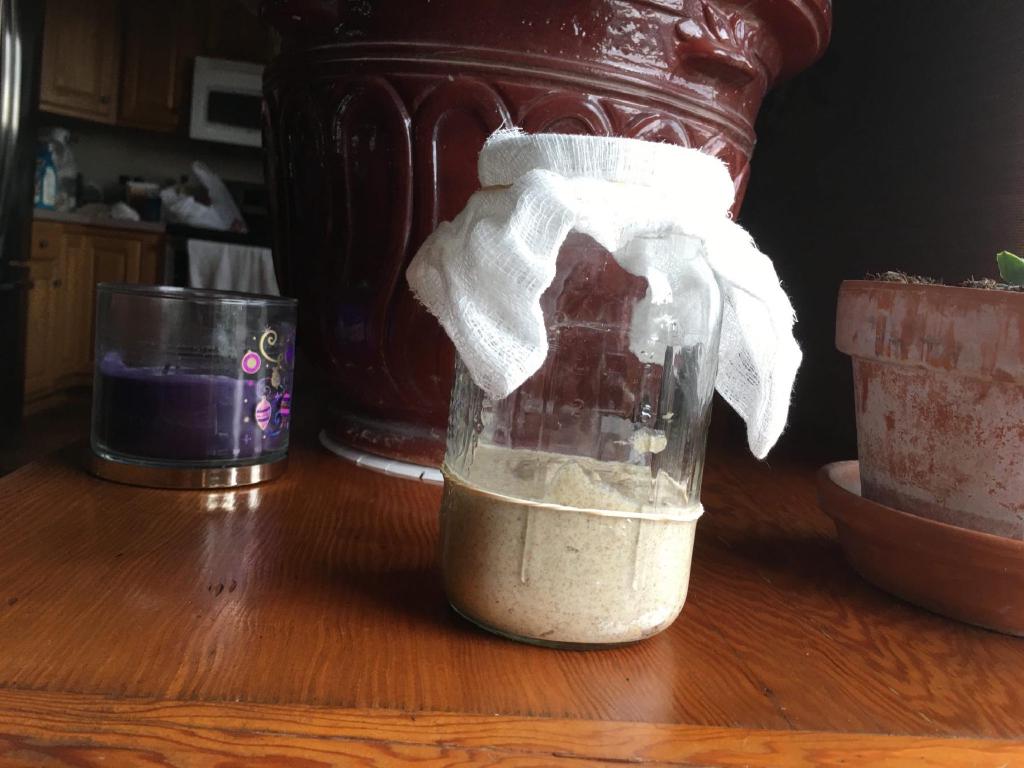
Day Seven
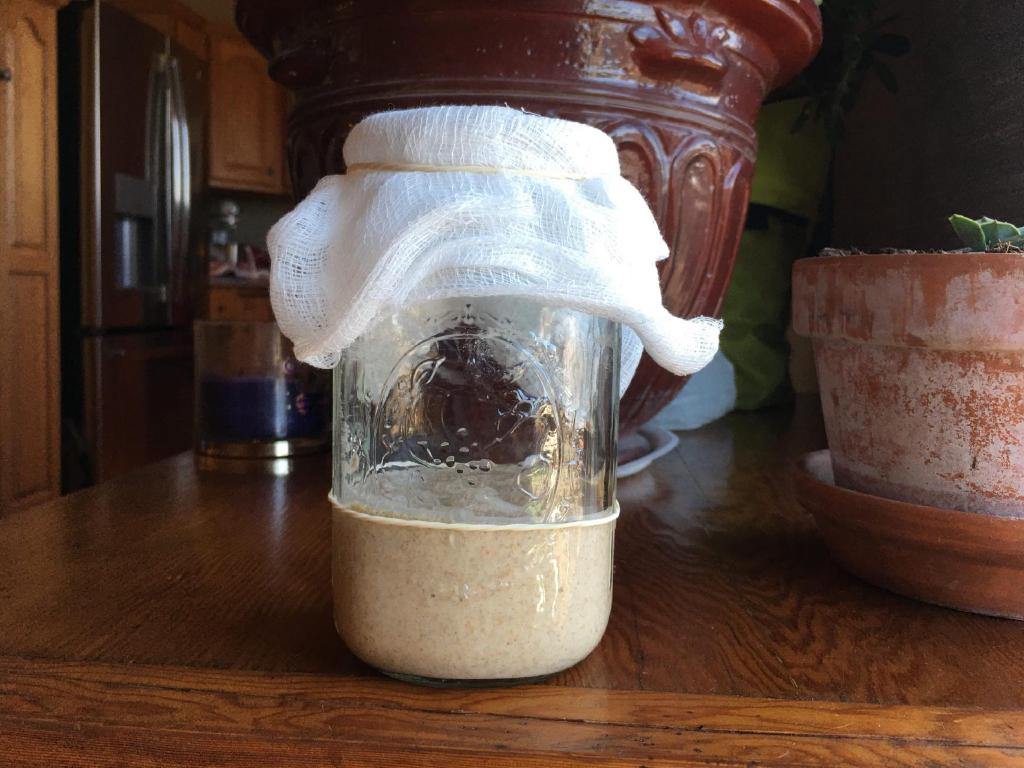
No activity again! The starter still smells okay. I’m not sure if there’s just not much wild yeast around, or if it’s going to take more time to get this going than I thought. For feeding today, I’ve kept 50g of starter, added 50g of rye flour and 51g of whole wheat flour, and added 136g of water.
Day Eight
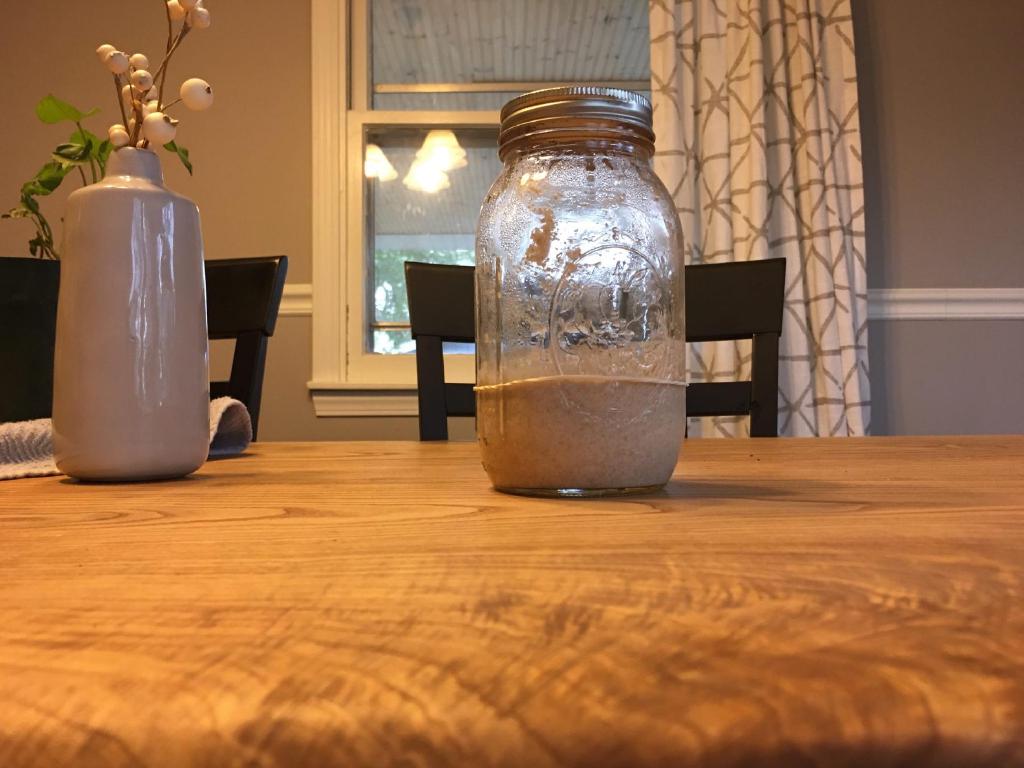
It’s been a week now and there still isn’t much activity. There are some bubbles forming here and there, but no signs of the starter rising. It’s also starting to smell more sour. After doing a bit of reading, I think I’m still on the right track. It looks like starters will typically get a lot more bacteria growth in the beginning, making it bubble and smell sour. After a while, it could take two to three weeks, the yeast will get established and make it rise. I’m going to keep it going strong and hopefully things will work out. For today’s feeding, I kept 51g of starter, added 51g of rye flour and 51g of all purpose flour, and added 141g of water.
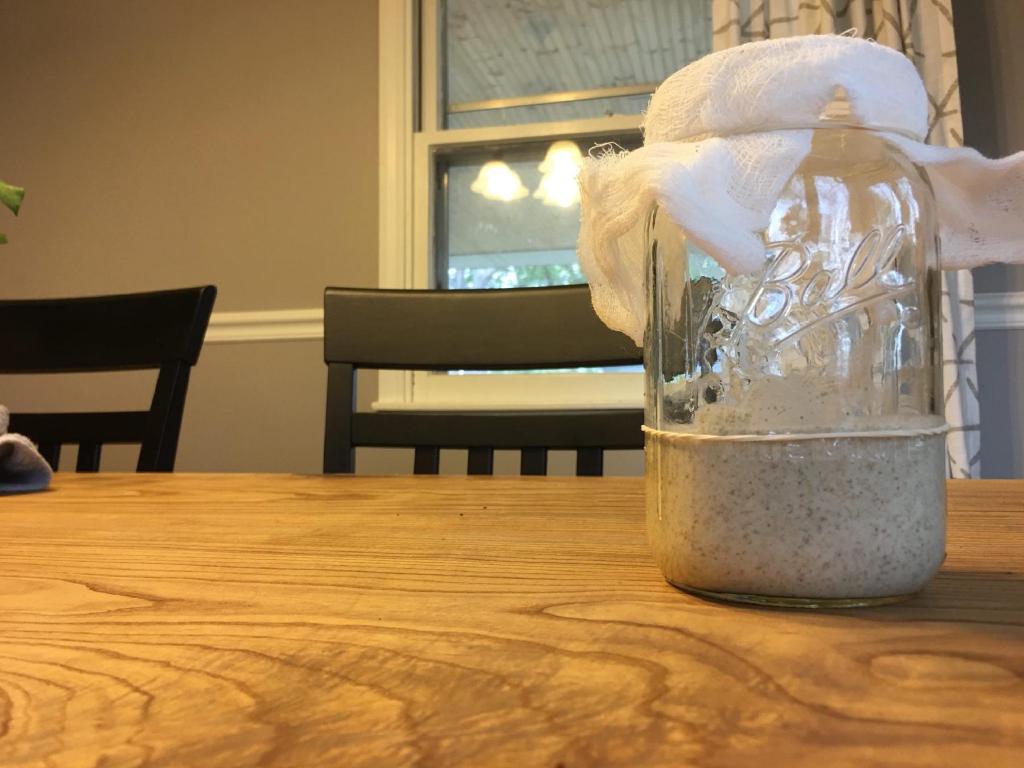
Day Nine
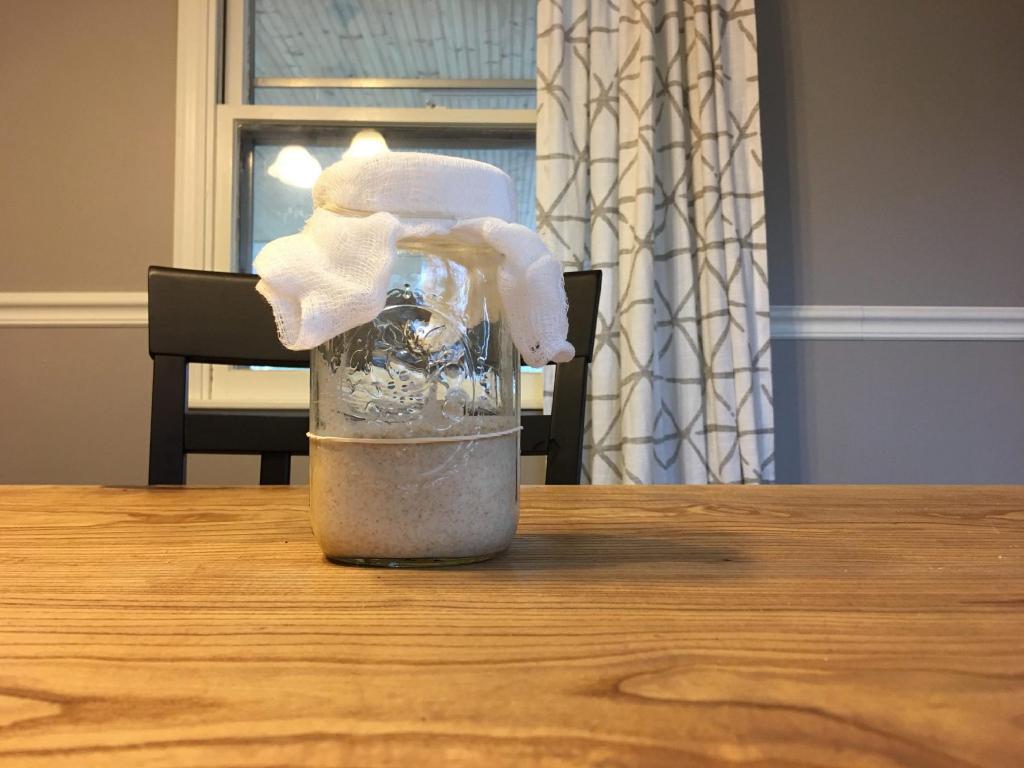
Still not much activity, but after reading up on things yesterday, I’m not discouraged anymore. The starter is very aromatic today. Very sour with a bit of sweetness. Today I kept 75g of the starter, added 50g of rye flour and 52g of all purpose flour, and added 115g of water. I didn’t do much different compared to the previous days. I decided to keep more of the starter and I warmed up the water in the microwave to get it up to 80° F.
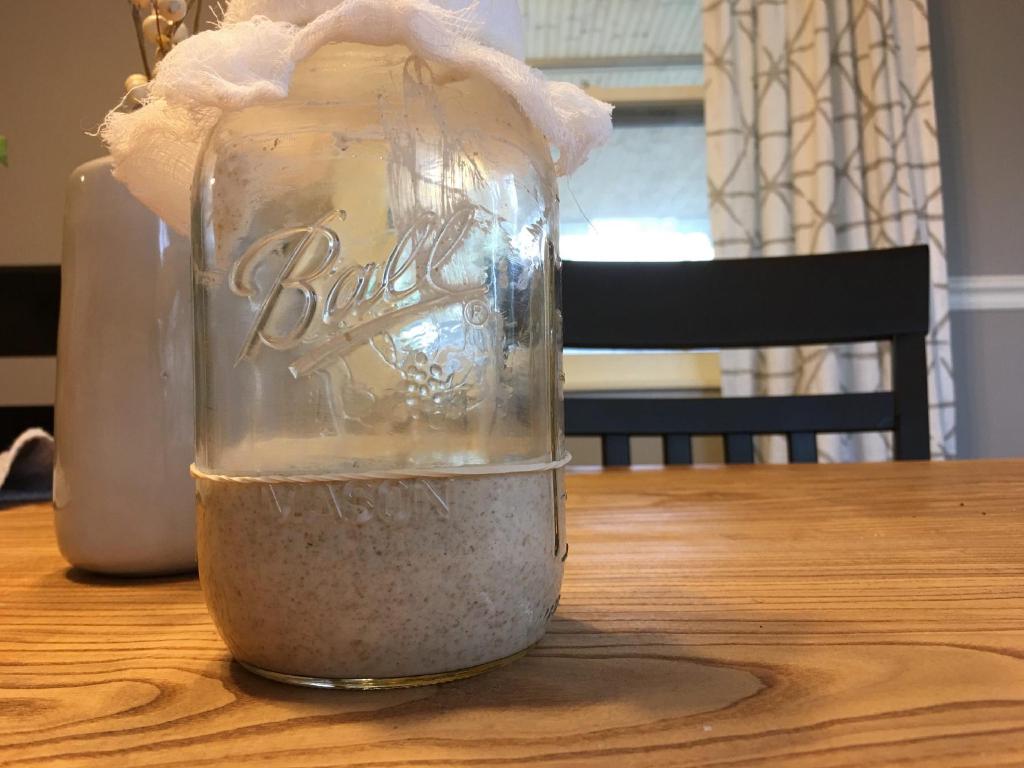
Day Ten
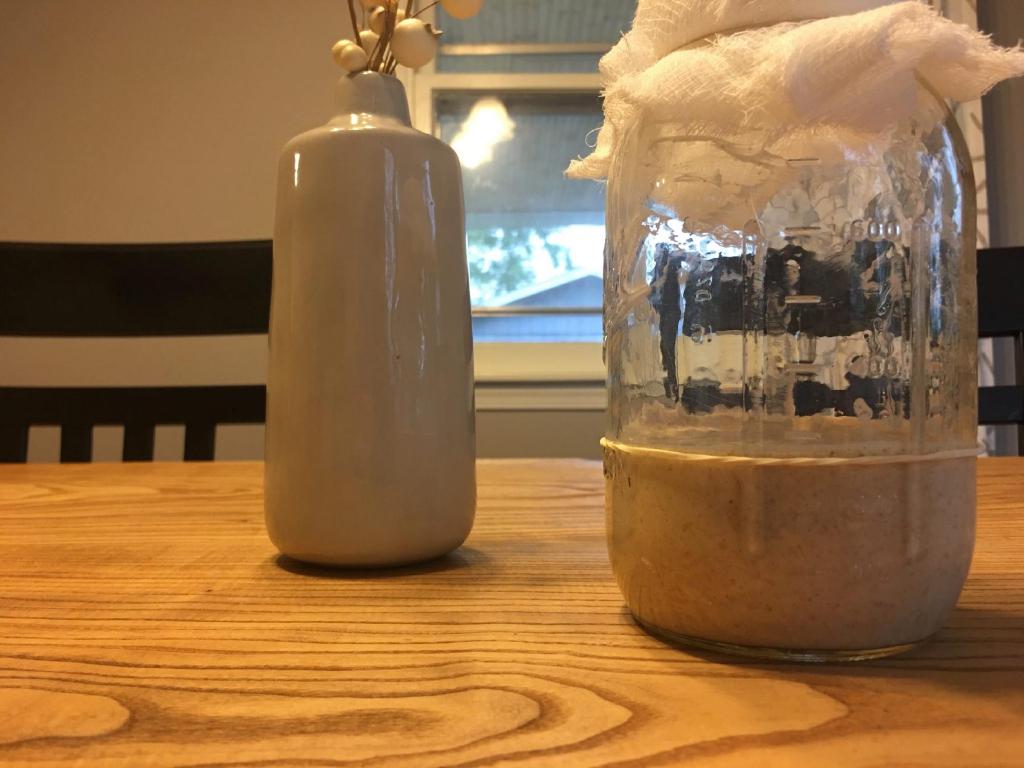
Still not much growth. The starter smells fruity and sour. For the feeding I kept 75g of starter, added 50g of rye flour and 50g of all purpose flour, and added 115g of water.
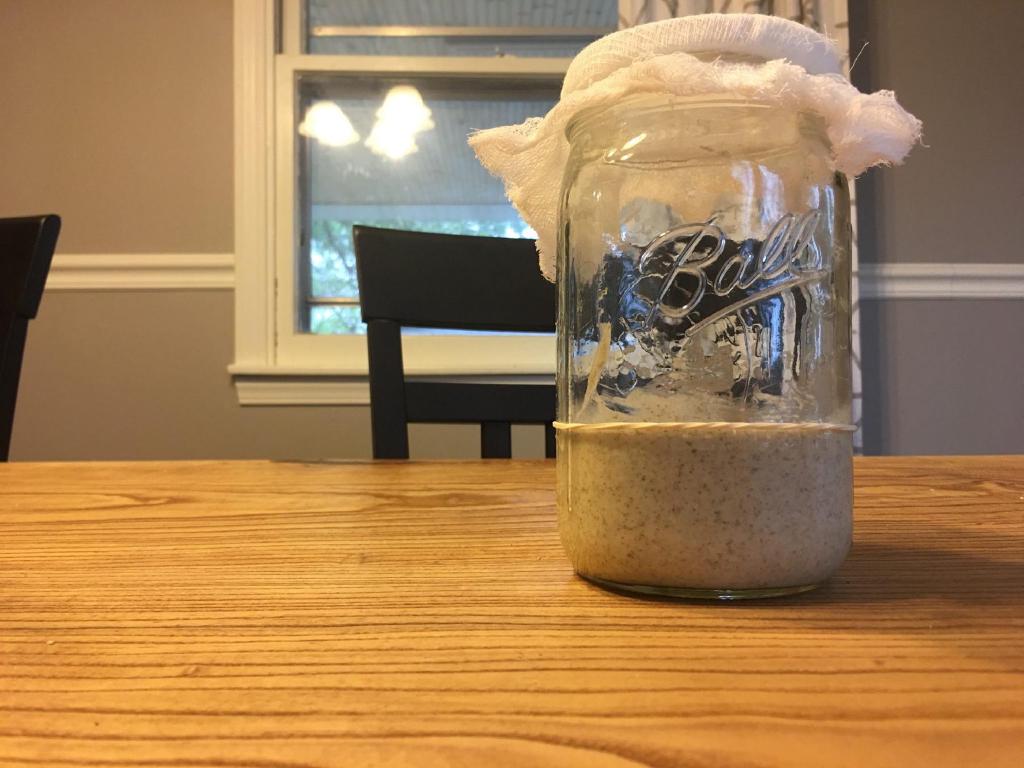
Day Eleven
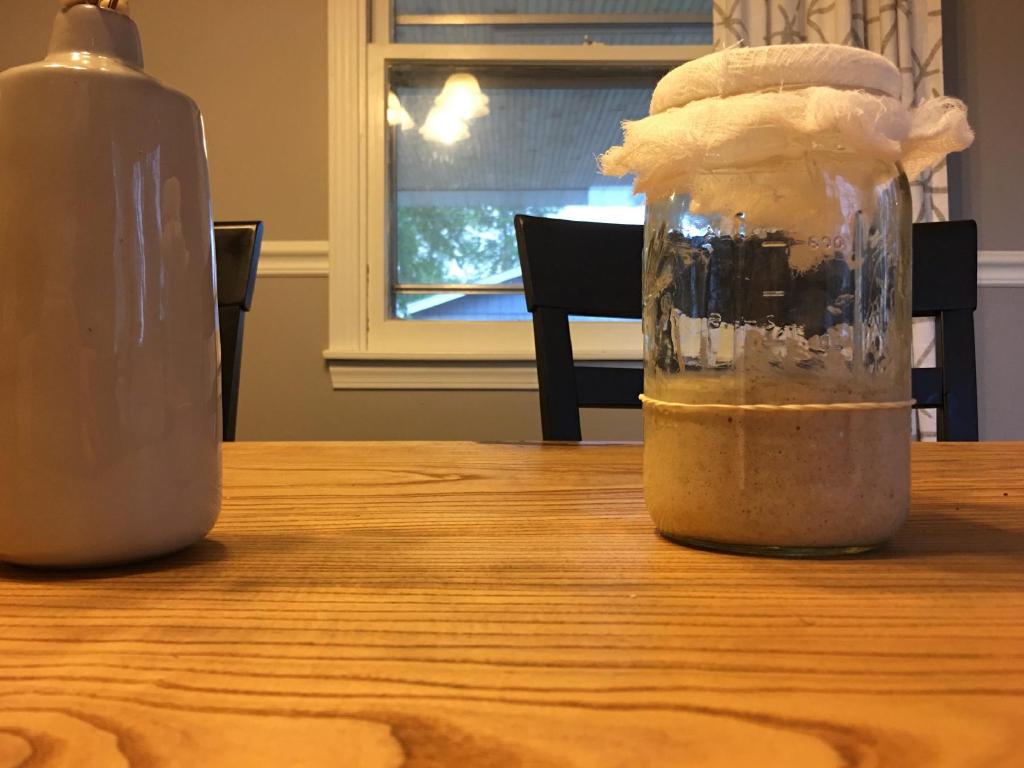
Finally some activity! It made my morning to see the starter about a quarter of an inch above that rubber band marker. The starter smells fruity and sour. I tasted a little bit of it and it was quite sour, but it wasn’t bad. It tasted like it was fermented, so I suppose that is a good sign! For the feeding today I kept 76g of starter, added 57g of rye flour and 47g of all purpose flour, and added 116g of water. I’m excited to see if there is more growth tomorrow.
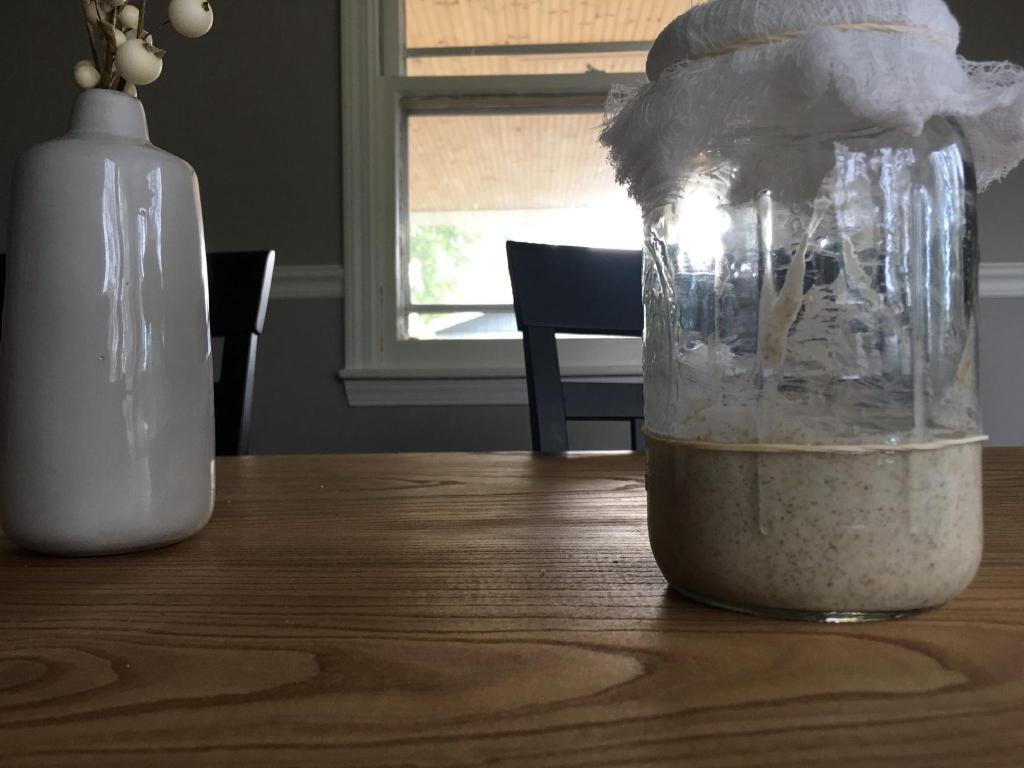
Day Twelve
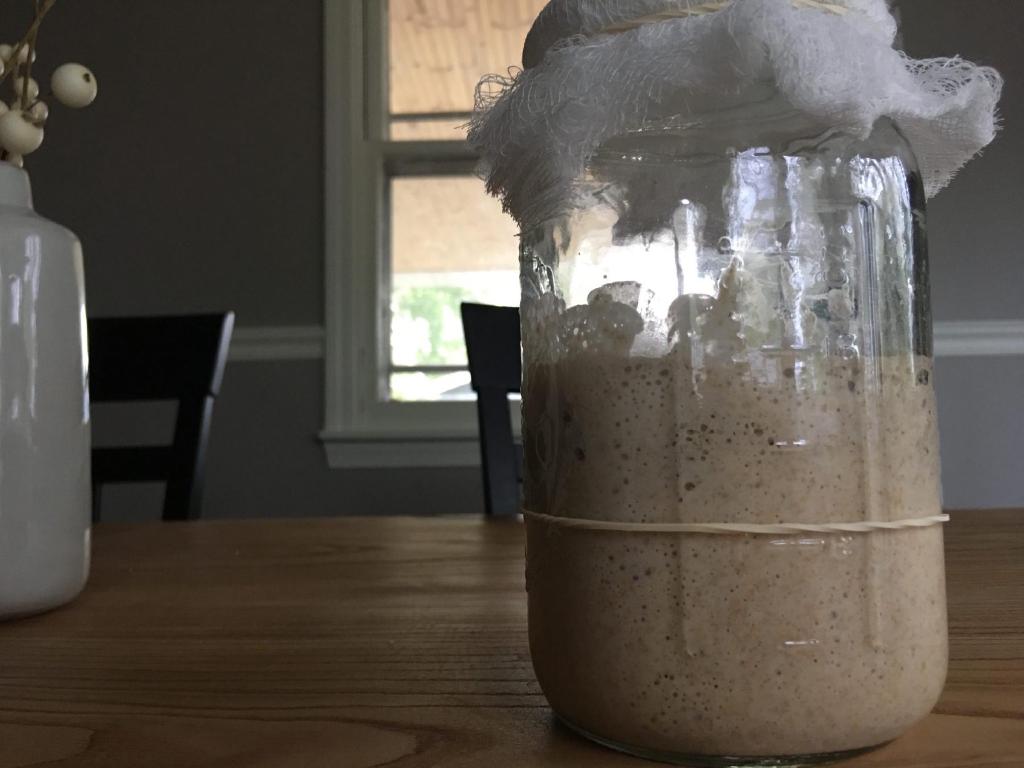
Well, I think I’ve got an active wild yeast culture going now! It’s well over an inch above the rubber band marker, and by the looks of the markings on the side of the jar, it seems like it doubled in size throughout the day. I think I’m ready to call this a success. This is the first time I’ve gotten to this point and I’m excited to move on to the next challenge of baking my first loaf of sourdough bread! For now I’m going to continue my standard feedings. Going forward, I’m going to start using only all purpose flour and wean it off of rye flour.
References
- I’ve found Maurizio’s articles on The Perfect Loaf to be super helpful. He has a great guide on starting a sourdough starter.
- The Tartine Bread book, is a typical recommendation in a lot of places. It’s guide for creating a starter doesn’t follow exact measurements. But, it does explain what to look for each day, such as texture, consistency, and smell. Which I found to be helpful.